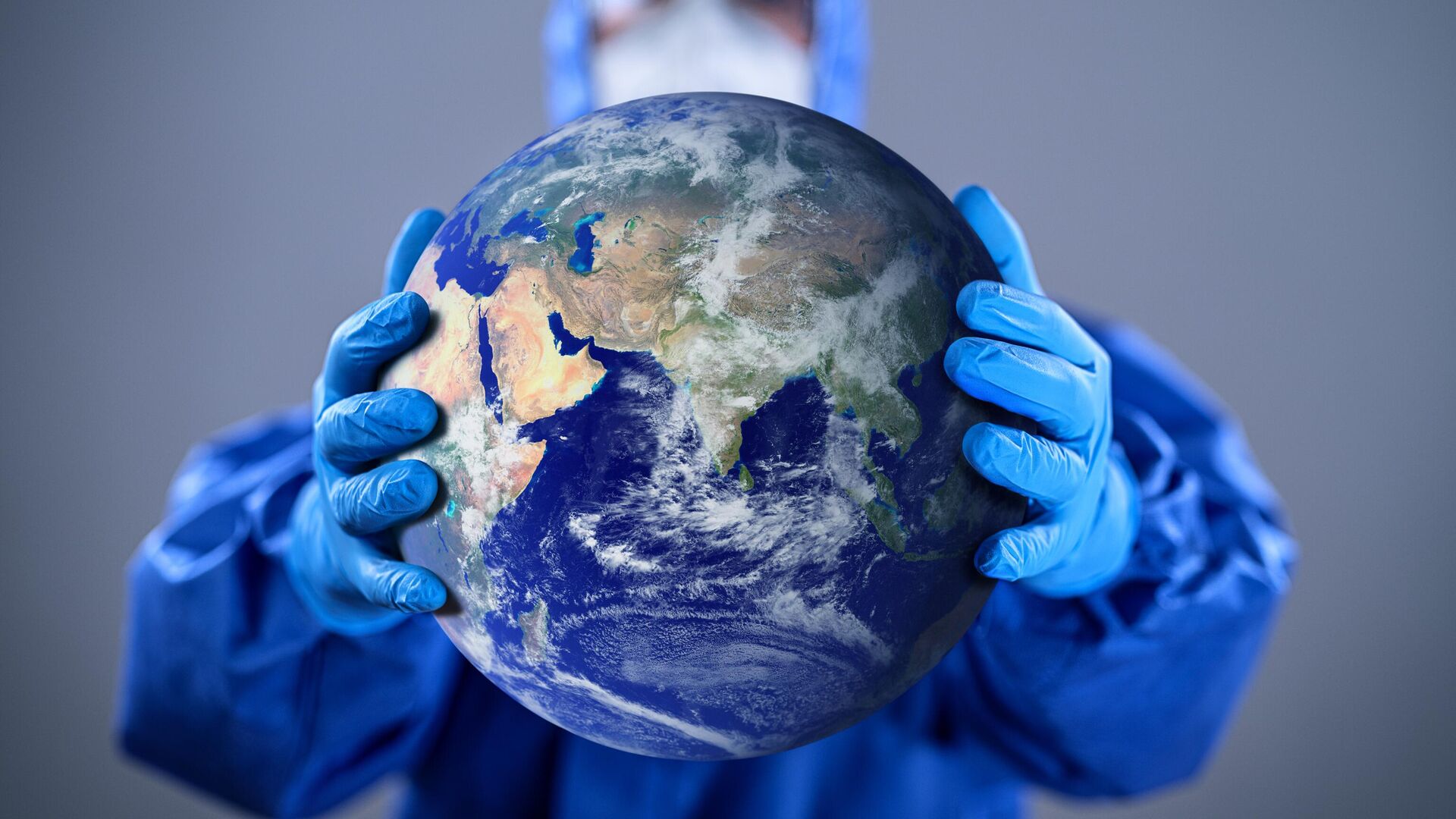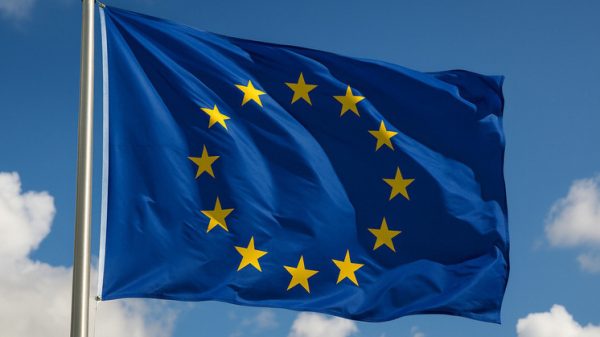
< br />
MOSCOW, January 17, Tatyana Pichugina At the World Economic Forum in Davos, they are discussing disease X — an epidemic that will be caused by a pathogen unknown to science. They predict that it will be no less dangerous than COVID-19. How justified are the frightening forecasts — in the material.
Where to expect disease X
There are many potentially dangerous pathogens circulating in the world that can cause a pandemic: SARS, MERS, Ebola, Zika, bird flu. Now they are talking about the still unknown causative agent of disease X. WHO introduced this concept in 2018, even before Covid. At the end of 2022, a group of three hundred researchers was involved in the search.
It could be any microorganism or biological agent: virus, bacterium, parasite, fungus, prion. According to statistics, from 1940 to 2004, more than half of infectious diseases were of a bacterial nature, and a quarter were caused by viruses or prion pathogens.
As a rule, people pick up new pathogens from the wild. But laboratory leaks of artificial pathogens cannot be ruled out. They also warn about the possibility of using biological weapons and bioterrorism. There were precedents. For example, in 2001, an American microbiologist sent letters containing anthrax spores to the media and politicians. 22 recipients were infected, five died.
Transition of the interspecies barrier
Outbreaks of viral infections have become more frequent, according to scientists from the United States, who analyzed all events since 1963 that led to at least 50 deaths, as well as major historical influenza pandemics. Most epidemics of the 20th century were caused by zoonotic viruses, which circulate among animals and can infect humans. It was estimated that five pathogens — Ebola, Marburg, SARS coronavirus, Nipah and Machupo — were responsible for 3,150 events. And the statistics are getting worse. If the dynamics continue, by 2050 the number of victims will increase 12 times.
German Shipulin, Director for Research and Production Activities of the Center for SP FMBA of Russia, at the conference «Molecular Diagnostics — 2023» cited the example of avian influenza, which has overcome the interspecies barrier.
In 2022-2023 there was a major outbreak among birds around the world. There are nine thousand outbreaks in 41 countries, killing 69 million individuals. According to the scientist, reassortment (mixing of genomes) occurred between the highly pathogenic strain H5N1 and the gull strain H13. As a result, a dangerous mutant arose — line 2.3.4.4.b. H5Nx. It caused a massive death of birds in Moscow, even quarantine was introduced.
The bird flu virus has become more dangerous for humans. Mutations were identified in it that enhance virulence during infection of mammals. Thus, in China since 2014, 88 people have been infected, 31 have died — the mortality rate is very high.
All cases are after contact with a bird. However, laboratory experiments in the Netherlands and Japan have shown that it is enough to make a few changes to the genome and infection from humans will become possible.
Lab leak or bioterrorism?
Omicron (lineage BA.2), a highly transmissible variant of the SARS-CoV-2 coronavirus, has more than 30 substitutions in the spike protein. It is still unclear when and where this line originated, Shipulin points out. This gave rise to the hypothesis that the virus was artificially edited. In a recent report by the Center for Security and Emerging Technologies at Georgetown University, the United States analyzed about seven thousand articles devoted to the creation (removal) of new functions — gain/loss of function research. They are trying to change such characteristics of pathogens as replication rate, transmissibility, severity of symptoms, survival in the host, resistance to drugs and vaccines. The leaders in this direction are the USA, China, Japan, Germany, and the UK.
The possibility of a laboratory leak of SARS-CoV-2 should not be discounted. The Institute of Virology in Wuhan probably conducted gain of function research with bat coronaviruses with financial support from the US National Institutes of Health. There was no truly thorough investigation into what happened there.
Meanwhile, Shipulin recalls the words of academician Viktor Maleev: “Infection is a natural thing that obeys its own laws. Why talk about bioweapons? Nature is the biggest bioterrorist.”

One hundred days to fight disease X
Zoonotic viruses are now the main candidates for the role of the causative agent of disease X. It is estimated that there are about one and a half million unknown pathogens in nature, more than half of which are capable of spreading to the human population. Scientists from France and Germany believe that the next pandemic is most likely to occur in regions with high species diversity, since many animals are natural reservoirs for infection.
Bats are especially rich in new viruses. Why is not yet clear. The saving grace is that most zoonotic infections cause only sporadic infections. But additional risks are created by airborne transmission, high rates of mutation and replication.
And humans themselves contribute to pandemics. Here is the movement of people around the world, and deforestation, and the breeding of wild animals on farms for meat and fur, and the widespread use of pesticides, antibiotics, global urbanization, high population density, climate change.
Several programs are being implemented around the world aimed at researching and preventing viral infections. In Russia there is a “Sanitary Shield” of Rospotrebnadzor. Until recently, the United States had a program for the discovery and study of new viral zoonotic infections with high epidemic potential (DEEP VZN). However, due to biosecurity concerns, it was closed in September last year.
The international initiative — CEPI — is designed to combat pandemics through the rapid development of vaccines. The organization's science journalist, Kate Kelland, described the prospects in her book, Disease X: 100 Days to End the Pandemic. With COVID-19, it took 326 days to release the first vaccine. Is it possible to reduce the period to just over three months? The author comes to the conclusion that if half the work is done in advance, in particular, vaccine libraries are prepared (against one or two viruses from each family) and production capacity is localized where they are lacking, then the goal is quite achievable.





















































Свежие комментарии